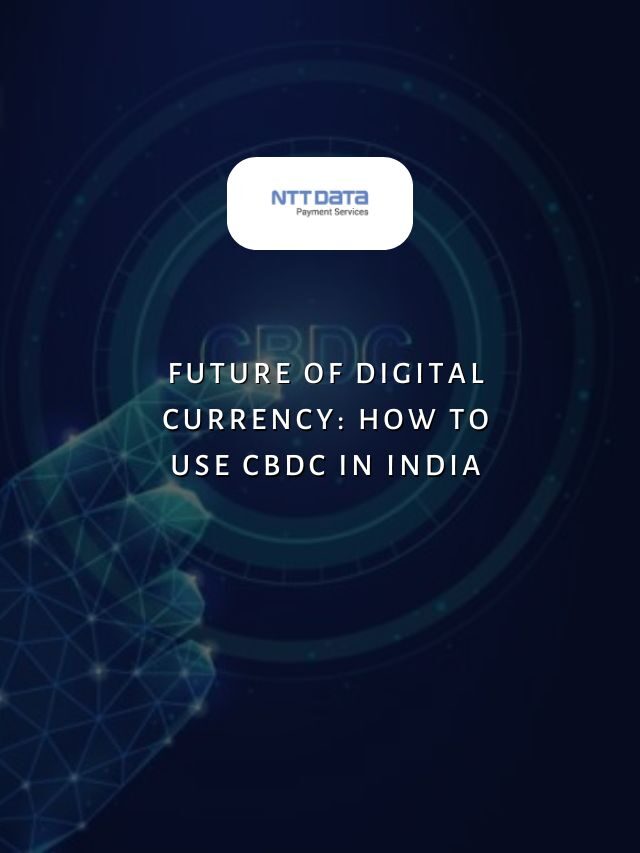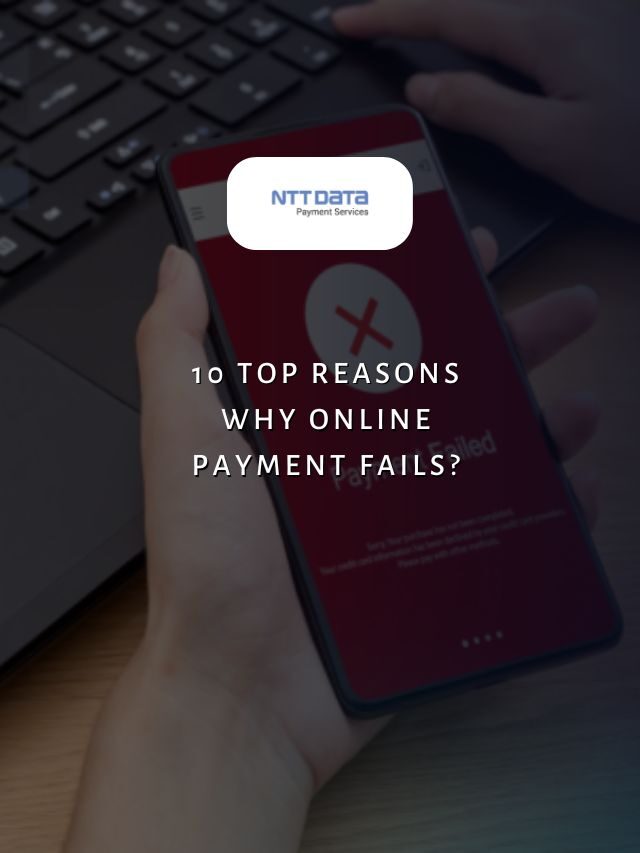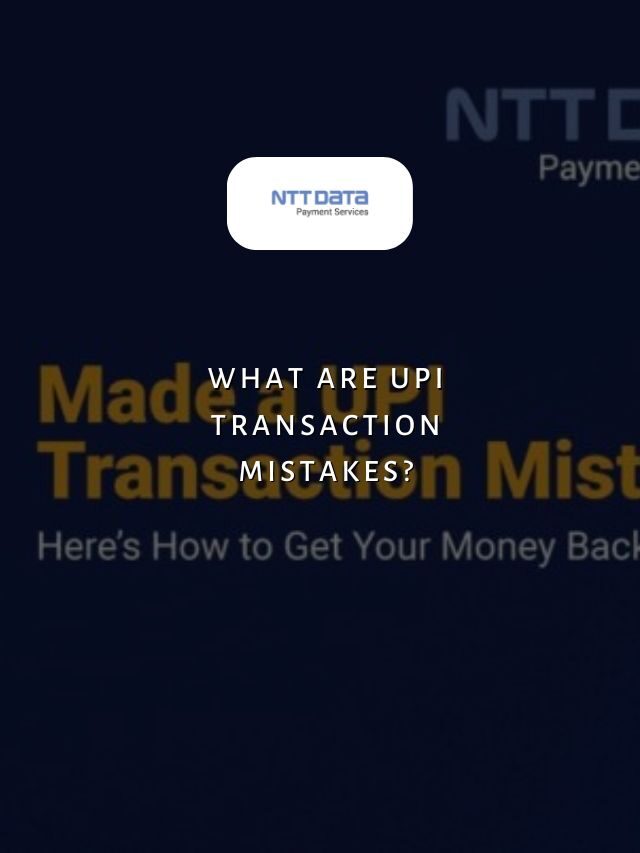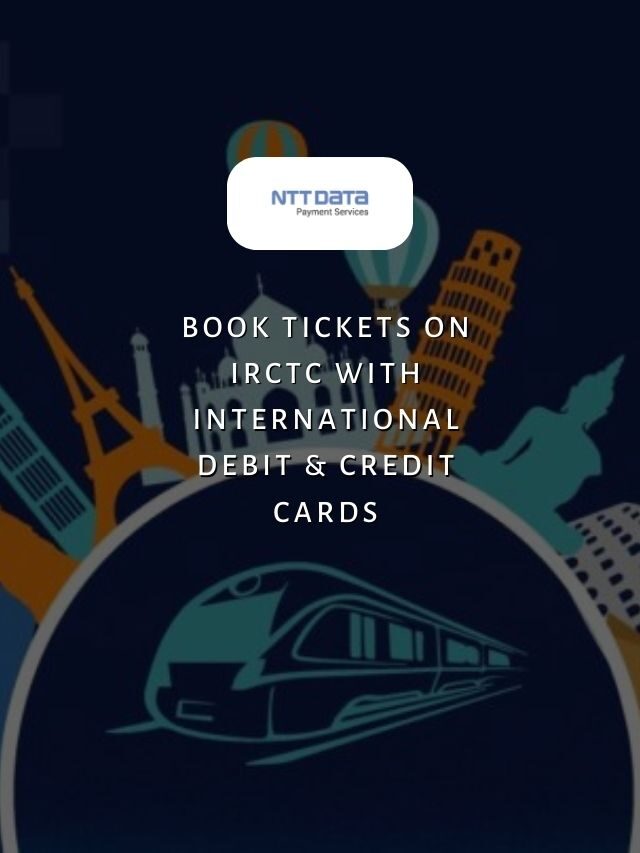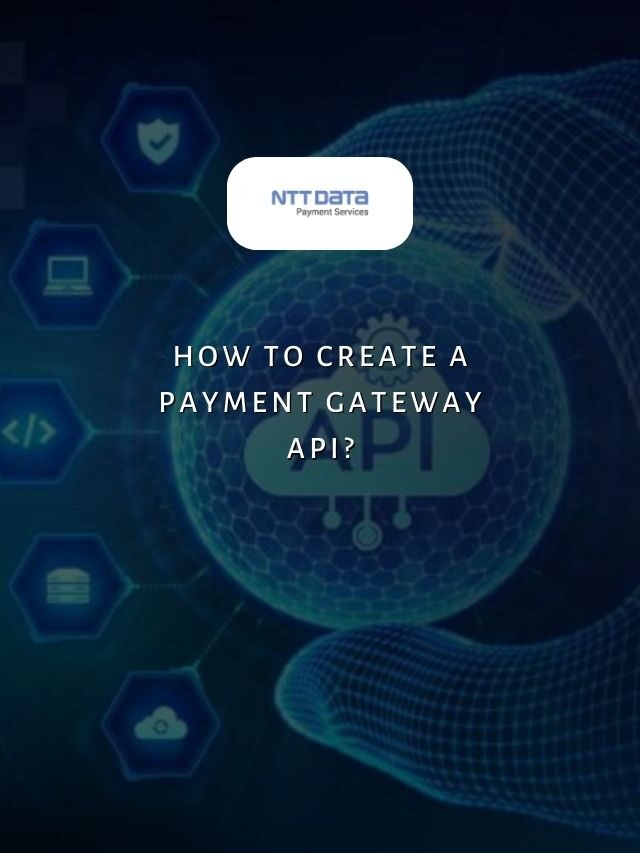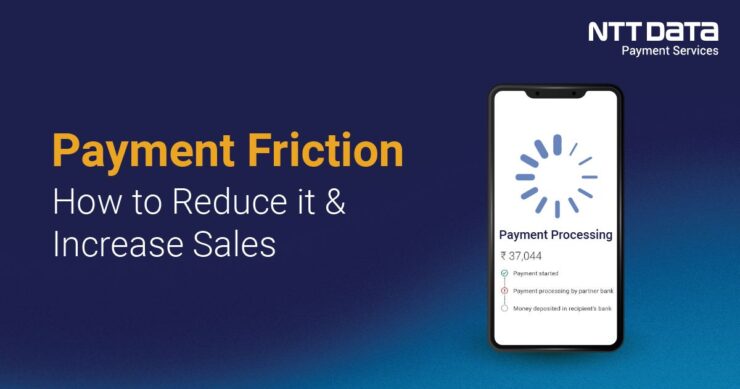
Table of Contents
Payment friction in online checkout can significantly impact conversion rates and sales. It is a major concern for e-commerce businesses as nearly 70% of shopping carts get abandoned at checkout due to friction.
In this blog, we will look into the key aspects of payment friction from a technical perspective. We will analyse emerging strategies to minimise friction.
Understanding Payment Friction in Sales
Payment friction continues to be one of the biggest challenges facing online merchants today. With rising customer expectations of seamless checkout experiences across different devices and payment options, reducing even minor points of friction during payments has become critical.
According to Bidnamic, customers are more likely to leave a website and visit another that loads quicker if a page takes longer to load. Research indicates that the likelihood of a bounce increases by 90% for pages that load in five seconds as opposed to one second.
Recent Web Stories
What is Payment Friction?
Payment friction refers to any aspects of the payment process that create inconvenience for customers and can potentially impact sales conversions.
It includes things like complex checkout flows, limited payment options, high abandonment rates and checkout delays across different devices.
7 Ways to Reduce Payment Friction and Increase Sales
Here are 7 ways to reduce your payment friction and boost sales significantly.
1. Streamline Checkout Pages:
As per various studies, even minor delays in checkout, like an additional second for page loads, can negatively impact conversion rates. This is why merchants must optimise checkout pages for speed.
Simplify forms by removing unnecessary fields that are not absolutely critical for order processing. Keep only the bare minimum details required, like name, payment method, address, etc. Reducing page bloat and optimising load times across different devices becomes important.
2. Offer Saved Payment Methods:
Giving customers the option to securely save their preferred payment details helps eliminate friction during future transactions. Shoppers value one-click checkout experiences that don’t force them to repeatedly re-enter credit card or other payment information.
Saved details convert more browsers to buyers and increase average order values since customers can checkout with a single click. Sensitive payment data must be safely tokenised and stored in compliance with PCI DSS guidelines.
Customers should have full control over managing and deleting their saved methods whenever needed.
3. Support Buy Online Pickup in Store:
Enabling online pickup in-store (BOPIS) checkout removes payment friction while giving buyers flexibility. Customers can seamlessly complete purchases on the merchant’s website or app and later pick up orders from a nearby physical store.
This hybrid digital-physical model has gained huge popularity post-pandemic. Retailers must integrate their in-store and online inventory to ensure real-time availability updates. Automated order and inventory management systems become critical to powering seamless BOPIS experiences.
4. Leverage AI and ML:
Advanced machine learning algorithms can now pre-fill forms, detect issues, and recommend hyper-personalized checkout flows tailored to each shopper. For example, ML models trained on past customer data can predict address, payment details, etc., based on device fingerprint, past purchases or loyalty program enrollment. This further simplifies checkout.
AI can also detect abandoned carts in real-time and trigger targeted recovery campaigns. Personalised nudges at the right moments can significantly improve conversion lifecycles.
5. Test Continuously:
Testing minor variations and optimisations through A/B or multivariant testing delivers actionable insights to reduce friction. Even subtle tweaks to button labels, page sections, flows, etc.
When tested at scale, it can have a profound impact on KPIs like conversion rates, cart sizes and more. Testing should be data-driven. Metrics like time on the checkout page, bounce rates, and drop-off points must be analysed to find pain areas.
Insights from tests must be incorporated iteratively. A continuous testing culture becomes important as customer expectations and technologies evolve rapidly.
6. Accept Popular Local Methods:
Embracing preferred domestic payment options removes barriers for local audiences. As seen in some emerging markets, alternatives like mobile wallets, cash-on-delivery and local bank transfers significantly outperform cards.
These methods have lower perceived costs and friction. Options must be tailored by country or region. Newer options like buy-now-pay-later are also gaining popularity globally. Flexibility in payments helps unlock new growth markets.
7. Offer Seamless Mobile-First Checkout:
With over 50% of commerce happening through phones, checkout must be flawless on mobile. Design for smaller screens, ensuring elements are easily tappable without errors. Performance needs more attention, considering the lower bandwidth on mobile networks.
Checkout page weight and interactions count more. Testing across devices and networks becomes crucial to identifying pain points. Elements like cart, search and one-click buy must be made as convenient as possible on phones.
Reducing payment friction through these strategies can transform business metrics like conversion, retention and lifetime value.
Benefits of Reduced Payment Friction
Here are the 5 key benefits of reduced payment friction in business sales:
1. Increased Conversion Rates:
Studies show that even a 1-second delay in page load times can result in up to 11% fewer purchases. Minimising friction helps complete more transactions. Customers are less likely to abandon carts or deals.
2. Enhanced Customer Experience:
Frictionless checkout delivers a faster, simpler and more satisfying payment process. This improves the customer experience, satisfaction and loyalty significantly. Buyers tend to come back to merchants that make payments a breeze.
3. Access to New Markets:
By supporting local and alternative payment methods, merchants can reduce barriers and attract more customers globally. This opens up new revenue streams and opportunities for expansion. For example, African e-commerce grew rapidly by adopting mobile money payments.
4. Reduced Operational Costs:
Automating and streamlining payments lowers processing fees, minimises errors and reduces the need for manual interventions. It cuts down on overhead associated with inefficient legacy systems and disparate tools. Resources are better utilised to scale the business.
5. Improved Cash Flows:
Fast, clear transactions help you get paid faster. Frictionless order-to-cash cycles further optimise working capital and cash flows. Merchants can better manage inventory, pay partners on time, and fuel continued growth. Vendors also receive timely settlements, strengthening supplier relationships.
| Did you know? As per research, the lack of friction in payments can reduce cart abandonment rates significantly. This is a major concern for online retailers, with industry estimates suggesting that around 68% of online shopping carts get abandoned before checkout. |
Avoid payment friction with NTT DATA Payment Services
Strategic partnerships also play a key role in reducing payment friction. For example, some retailers have partnered with payment providers to offer “buy now, pay later” options at checkout. This reduces the perceived cost of purchases and allows splitting payments into multiple instalments.
NTT DATA Payment Services offers a complete payment solution to advance your offline and online businesses from,
- Payment Gateway in India
- POS machines
- IVR payments
- Mobile applications, and
- Bharat QR Scan and Pay
We ensure maximum comfort, convenience, and safety for all your payments.
Grow Your Business Sales with Reduced Payment Friction
By streamlining the payment process, adding more payment options, and continuously testing new features, merchants can boost conversion rates and maximise revenues. The overarching message is that online retailers must proactively reduce all forms of payment friction to stay competitive, as customers have little patience for hurdles in completing purchases. A seamless, optimised checkout experience is critical for business success.
| Also, you can get frequent updates on nttdatapayments Instagram page. |
Frequently Asked Questions (FAQs)
1. What is payment friction?
Payment friction refers to any hurdles in the payment process that create inconvenience for customers and negatively impact conversion rates. It includes things like complex checkout flows, limited payment options and payment failures.
2. Why is reducing payment friction important?
Studies show even minor friction can result in lower sales. Customers have a low tolerance today and are likely to abandon carts/deals due to payment issues. Reducing friction improves conversions and customer experience and unlocks new growth opportunities.
3. How do embedded payments help?
Embedding payments directly into the checkout flow removes the need for customers to leave the merchant website to enter payment details on a separate gateway. This seamless process builds trust and enhances the user experience for a frictionless purchase.
4. What are some other strategies to minimise friction?
Offering saved payment methods, buying an online pickup, leveraging AI to pre-fill forms, testing optimisations continuously, and supporting local payment options helps boost sales by streamlining the payment process.
5. How does reduced friction impact business metrics?
Higher conversion rates, enhanced customer loyalty, access to new markets, reduced costs, and improved cash flows are some of the key benefits businesses realise by minimising all forms of payment friction.

